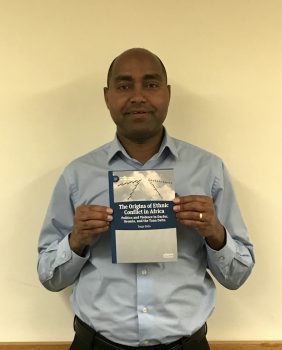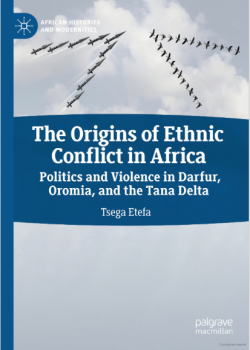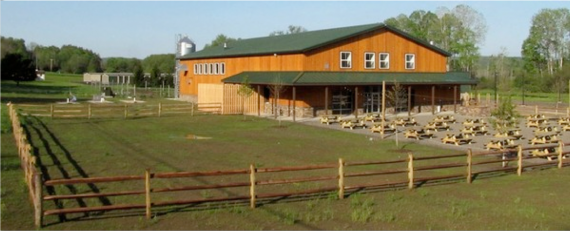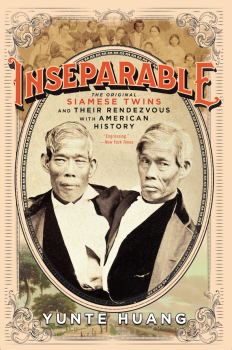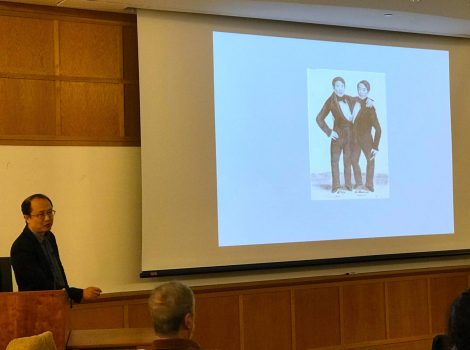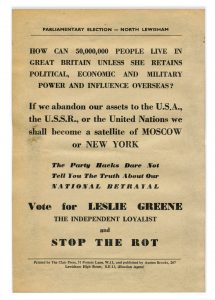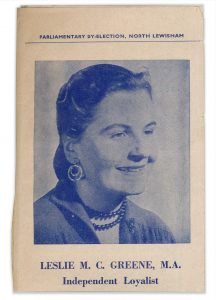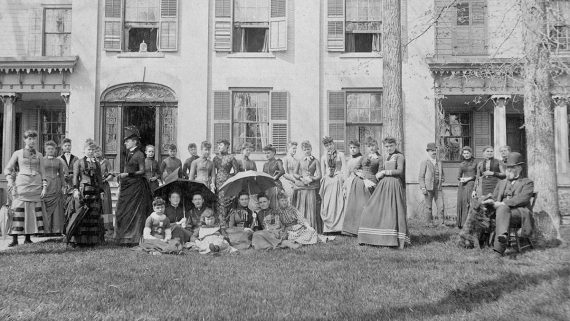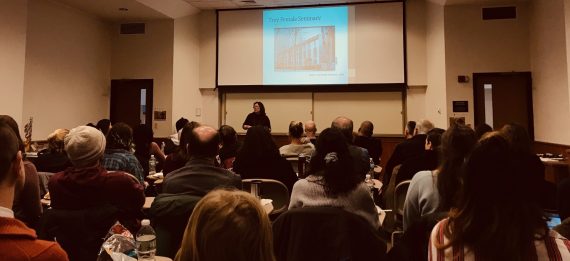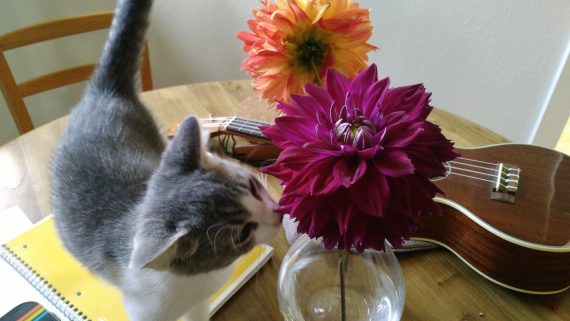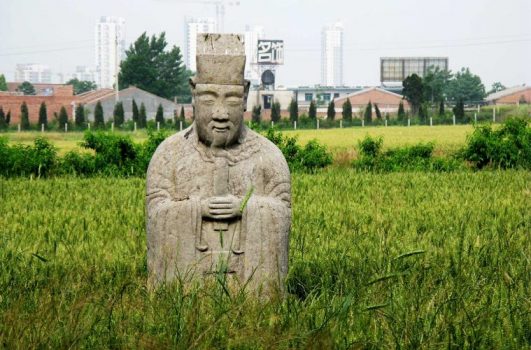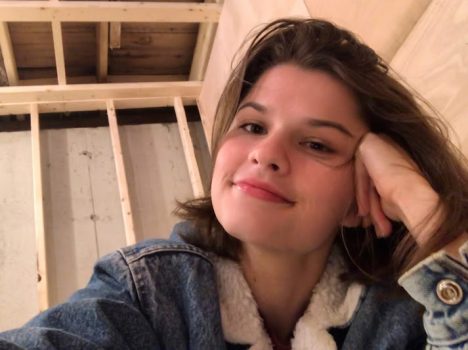
Long before I first visited Colgate in 2014, I was passionate about Historic Preservation. Still, it took until my senior year of college to realize the depth of heritage in and around Hamilton. Hamilton is listed on the National Register of Historic Places as a Historic District, known for its downtown architectural diversity and University buildings such as Hascall Hall. I had the pleasure to look beyond the exterior of many historic residences in Colgate for the first time through the Holiday House Tour last December.
But what about the buildings located just outside of Hamilton that do not have either national recognition or Colgate affiliation? People often joke that there is nothing surrounding Hamilton but cows and farms. That is far from the case. There are incredible antique stores, round barns, churches, old bars, and public houses. Through the Museum Studies program, I was able to visit and share my thoughts on the Columbus Public House, located about seven miles from Sherburne, New York and thirty minutes from Colgate.
Owned by Edsall Hodges, a local restaurateur and contractor with decades of experience in the region, the Columbus Public House is a late-eighteenth-century stagecoach hotel with mid-twentieth century additions. The building is simple from the exterior—two-stories with a wrap-around balcony covered in cracked white paint and patriotic blue and red trim. It is an unassuming place for what lies within: a fresco-covered ballroom, possibly dating to the Civil War era. The predominantly blue fresco continues the patriotic motif, including a painting of an eagle with the phrase “UNION FOREVER!” Unfortunately, today the fresco lies in a state of disrepair, suffering from severe water damage as well as years (if not decades) of abandonment. It begs for an immediate preservation intervention. Hodges has begun working with local conservators and Colgate community members, such as Elizabeth Robson ’14—a former Art History major who is now completing a Masters in Painting Conservation at SUNY Buffalo. In my opinion, Hodges has many preservation options. The room could be preserved visually as it is. This option would leave the disrepair visible as part of the building’s history but stabilize the room with plaster and sealant to prevent further damage and make it structurally safe for visitors. A digital rendering of the room’s original appearance could then accompany this preservation effort. If the entire fresco is too damaged for repair within a specified budget, then the eagle painting could be removed and preserved separately by a skilled conservator. Any salvation attempt is better than losing the entire fresco.
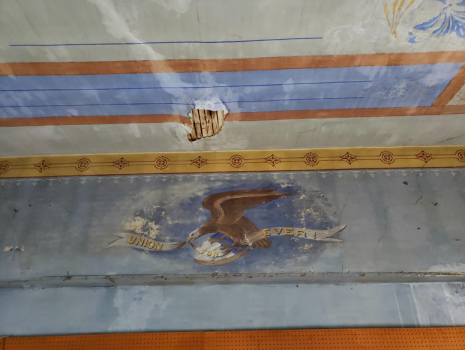
Hodges should be commended for his decision to rehabilitate the Columbus Public House into a restaurant, scheduled to open this summer, and seek consultation on the fresco. Few would have spent the time and money to save this architecturally significant building from demolition. The Columbus Public House is a great case study for the prevalence of hidden preservation treasures around Colgate as well as the dedication of local preservation enthusiasts such as Hodges. Hopefully, Colgate community members will too become preservation advocates, looking for preservation gems all around Central New York or, at least, visiting the Columbus Public House for a delicious meal upon its opening. I now leave Colgate for Columbia University to start a Masters in Historic Preservation. I hope, however, that future students can learn from my mistakes and open their eyes early to the historic buildings that inhabit the towns and open spaces surrounding Colgate. A History education could only be enhanced through them.
Article by Emily Kahn, Colgate University Bicentennial Class of 2019, History Major & Museum Studies Minor. Photos courtesy of Edsall Hodges.



